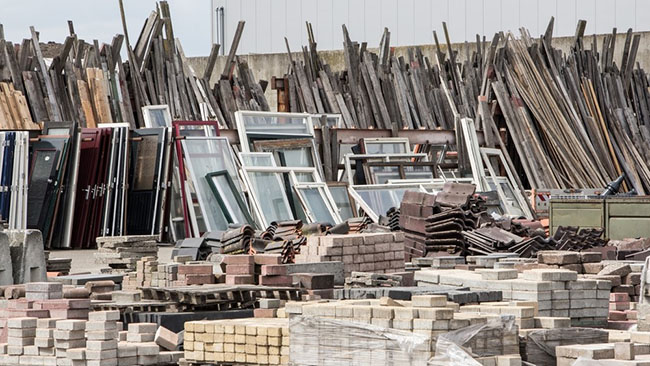Ephemeral Permanence 1:1
Context and goals
The most sustainable construction materials are those we already have. Reusing what already exists is at the heart of circular construction and a fundamental element of a more sustainable architecture. If a building cannot be used anymore and faces demolition, we must at least reclaim its components. On the technical side, the major components should be recognised and reintroduced into the market. On the design side, this new broader notion of materiality pushes towards an availability-based design that also shapes the way how we decide forms, connections, component arrangements and spaces. This quest for circular thinking also applies to the spaces we re-create in the process, they should likewise be understood as ephemeral resources that we need to cultivate towards a viable permanent development of the urban environment. With this ambitious design and build workshop, taking place in an actual site of ongoing urban development in Aalborg, we explore this dual structural and architectural challenge, raising the questions:
- How (different) would structures look like if based on reclaimed components?
- Could they also directly embrace the further reuse of their components?
- What new sorts of architectural spaces can be re-created here and with what urban perspectives?
Photo Credits: Rotor DC, Brussels
Designing and building with reclaimed structural components?
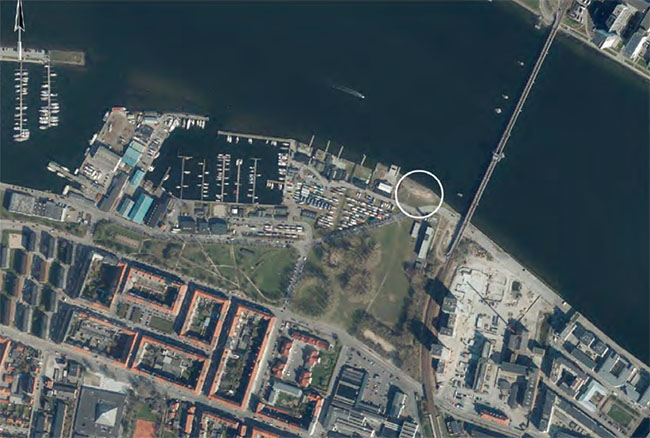
Attention: extended deadline (20 May) for application and lowered fee
This design & build workshop explores the reuse of construction components as a novel material and social practice. Provided with a given set of components, such as light steel parts or timber beams and panels, the participants will first analyse and discuss their technical and architectural properties as well as possible modes of connections. They will then design a temporary pavilion serving as a social place at the site of Trekanten, centrally located at Aalborg Havnefront. The site enjoys magnificent views of Limfjorden and is an entry point with cafes, street food, harbour bath and marinas. The site is to undergo a transformation in the next years. In the final phase of the workshop, the group will build the selected design, which will eventually be exhibited as part of the International Conference on Structures and Architecture 2022, a magnet for visiting international scholars and practitioners. The pavilion will be standing for about two months during summer serving both as a social place and hub along the harbourfront and a demonstrator of circularity that brings to life the potential of the site and foregrounds material reflexivity.
Participants
The 2-weeks international design & build workshop is aimed at undergraduate, postgraduate and PhD students of architecture, architectural engineering and structural engineering. It comprises analysis, design, construction, lectures, discussions, and excursions. The number of participants is limited to 20. Prerequisites are a sense of making, the ability for teamwork and curiosity. No particular technical knowledge is required.
PReliminary prOGRAMME
Focusing on the design with reclaimed components, the participants of the design & build workshop will analyse the given set of given materials and the site, develop a design proposal in groups, make models, mock-ups and prototypes for both the architectural and the technical design together with proofs of connections and disassembly. During the design process, the participants will receive inputs from experts and the teaching team. Eventually, the entire group will build the selected proposal for a pavilion that will be open to visitors for the following 6 weeks.
There will be 10 working days altogether plus an excursion day. On the first day, we will do some introduction exercises and a thorough analysis of the material and the site. The second and third day will be used for the ad-hoc design phase, first in smaller groups, then altogether. On day 4, the detailing will be in the focus with tests and options to choose from for the final design. On day 5 the construction starts, both in the workshop with the preparation of the components and on-site with adjustments of the plot. From day 6 to 10, the team will be erecting the entire construction with the help and under the supervision of the teaching team.
• Duration: 20 June —1 July
• Site: Aalborg Havnefront, Denmark
• After successful completion a certificate will be provided with 3 ECTS
Location and time
Aalborg, Denmark
- 20 June —1 July. The workshop comprises 10 working days.
- 6 – 8 July. Participation at ICSA2022 with presentation of the results of the workshop at the conference.
TEACHING TEAM
Mario Rinke, University of Antwerp
Alessandro Tellini, ETH Zürich
Tina Vestermann Olsen, Aalborg University
If you have questions, please contact: Mario Rinke, Mario.Rinke@uantwerpen.be and Tina Vestermann Olsen tvol@create.aau.dk
application
To join the workshop we need your application by 20 May 2022. The application (pdf format) must be sent to Tina Vestermann Olsen; tvol@create.aau.dk. The application should contain:
- 1 page motivational text explaining your interests into the field of circular construction and sustainable architecture, including your preliminary understanding of the site; its challenges and potentials as an urban space on Aalborg Harbourfront.
- 1 page documentation: ‘Me as a maker’. Illustrations related to your practice and interests related to circularity and the ‘architect/engineer/urban designer as a maker’.
- A short cv and biography illustrating your trajectory within the field (could include references from prior work).
Confirmation of your participation will be sent via email shortly hereafter. On-line registration and payment follow directly hereafter. The final deadline for payment of the fee is May 23th.The maximum number of participants is 20 and the minimum 14. The seats will be filled based on the quality of your application.
The maximum number of participants is 20, and the seats will be filled based on the quality of your application.
Participation fee
Scenario 1: Participating in workshop
150 EUR (reduced from 500 EUR), includes receptions, excursions, materials, and the use of tools. The fee also covers participation to the conference (food and conf. proceedings not included). The fee does not cover accommodation nor meals during the workshop period.
Scenario 2: Participating at the conference with accepted paper and participation in workshop
285 EUR (reduced from 635 EURO), includes receptions, excursions, materials, and the use of tools in workshop. The fee also covers participation to the conference (food and conference proceedings included). The fee does not cover accommodation nor meals during the workshop period.
LOW cost accomodation
You need to arrange accomodation yourself. There are several opportunities for this in Aalborg. For instance Cap Inn, Strandparken Camping (huts for sharing) or Aalborg Vandrehjem (huts for sharing).
About the team
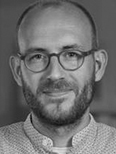
MARIO RINKE
Mario is Professor at the Faculty of Design Sciences at the University of Antwerp. Trained as a structural engineer and working in the field of architecture for some years, he is teaching and researching construction in architecture. Mario holds a Diploma degree in civil engineering from the Bauhaus University Weimar and a PhD from ETH Zurich and worked as a design engineer for major offices in London and Zurich. He taught at the architecture department at ETH Zurich, the Lucerne University of Applied Sciences and the Tor Vergata University Rome. In several design&build workshops, he explored material based design and craftsmanship. He is a cofounder of the International Association of Structures and Architecture (IASA).
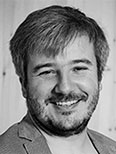
ALESSANDRO TELLINI
Allessandro is head of the Rapid Architectural Prototyping Laboratory (Raplab), lecturer for Model and Design at the Department of Architecture ETH Zurich and runs his own Zurich-based design and craft practice Faber Atelier. Trained as both graphic and product designer, he developed a broad interest in fabrication and construction early on in his career. He was able to apply his practical knowledge in architectural modelmaking, product development, the fabrication of large scale architectural prototypes, and as a lecturer in various national and international workshops. Teaching craft and design are always at the core of his activities.
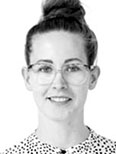
TINA VESTERMANN OLSEN
Tina is an assistant professor at the Faculty of Architecture, Design and Media Technology at the University of Aalborg affiliated with the urban design research group within transformation and mobilities. Tina has worked as an urban designer for multiple years committing to the design of public spaces, user participation processes and temporary installations in public urban spaces. Tina obtained her PhD from Aalborg University within Urban Design and Transformation studies with a focus on the strategic utilization of temporary use projects in transformation processes. Today she explores the potentials and processes related to the design of public spaces and on-site transformations through tools such as user-participation processes and temporary uses.
Workshop Sponsors
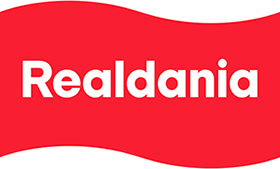
We are proud to announce that Realdania is supporting the exhibition of the peer-reviewed prototypes accepted for the new Critical Practices format launched at ICSA2022 and the design and build workshop Ephemeral Permanence.








